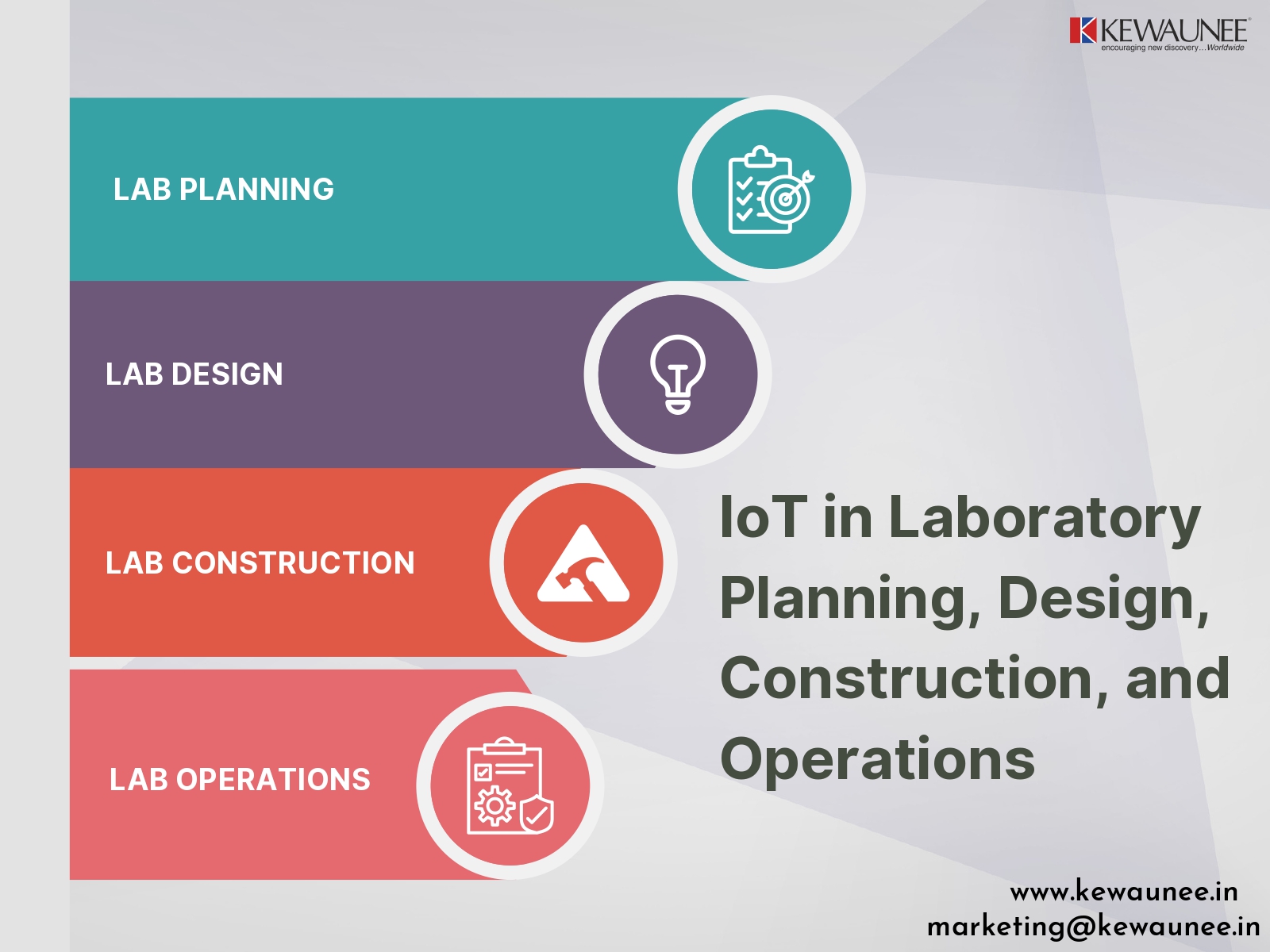IoT in Laboratory Planning, Design, Construction, and Operations
IoT technology is transforming various industries, including laboratories. The use of IoT in laboratory planning, design, construction, and operations has significantly impacted laboratory operations.
This blog post aims to explore the impact of IoT technology in laboratory planning, design, construction, and operations.
Understanding IoT
IoT technology comprises interconnected devices that collect and transmit data through the internet. IoT technology has various applications in laboratory operations, including automating laboratory processes and equipment, tracking laboratory data, and improving laboratory safety.
IoT in Laboratory Planning
Incorporating IoT technology in laboratory planning requires careful consideration of various factors, including laboratory processes, laboratory safety, and data management.
Incorporating IoT technology in laboratory planning has numerous benefits, including streamlining laboratory processes, reducing errors, and improving laboratory safety.
IoT in Laboratory Design
Integrating IoT technology in laboratory design requires the inclusion of IoT devices, sensors, and software in laboratory infrastructure.
The integration of IoT technology in laboratory design has various benefits, including enabling real-time monitoring of laboratory processes and reducing human error.
IoT in Laboratory Construction
IoT technology has revolutionized laboratory construction by enabling the development of smart laboratories. Smart laboratories utilize IoT technology to automate laboratory processes and improve laboratory safety.
Incorporating IoT technology in laboratory construction has numerous benefits, including reducing construction costs and improving laboratory efficiency.
IoT in Laboratory Operations
IoT technology has various applications in laboratory operations, including remote monitoring of laboratory equipment and real-time tracking of laboratory data. Incorporating IoT technology in laboratory operations has various benefits, including reducing laboratory downtime and improving laboratory safety.
Implications of IoT in Laboratory Planning, Design, Construction, and Operations
IoT technology has significant implications on laboratory safety, efficiency, and productivity. The use of IoT technology in laboratories enables laboratories to improve their safety protocols, reduce errors, and streamline laboratory processes.
Incorporating IoT technology in laboratory planning, design, construction, and operations can result in cost savings and improved laboratory performance.
Compliance and Regulations for IoT in Laboratories
The use of IoT technology in laboratories is subject to various regulations and standards. Laboratories must comply with relevant regulations and standards to ensure that their IoT technology is safe and effective.
Conclusion
IoT technology has significant implications in laboratory planning, design, construction, and operations. The use of IoT technology in laboratories has numerous benefits, including improved safety, increased efficiency, and reduced costs.
Laboratories must carefully consider the challenges and benefits of incorporating IoT technology in their operations to ensure optimal performance.
Comments are closed.











